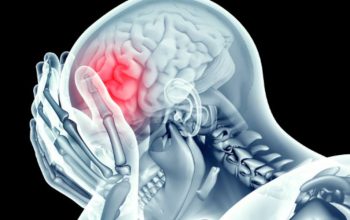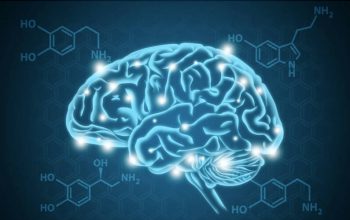The human mind defaults to thinking 2-dimensionally. Up, down, back and forth, etc… In order to solve problems and to reconcile things we observe in nature, we must think three dimensionally and understand that time is an element of human imagination and the principles of cause and effect operate in a 3-D realm.
For instance, the concept of deficiency in the natural world precedes the concept of excess. Sounds insane, right? But nature abhors a vacuum. In order for something to occupy space, there has to be space for it to occupy. There has to be a predisposed deficiency or “space available” for that new material to occupy. It never happens the other way around. It can’t. It is physically impossible for matter to occupy the same space.
So, we may think that “too much salt” in the soup is due to adding too much salt, it is really due to the amount of space that is available from there not being enough water to dilute the salt properly in the first place. The solution? Add more water to compensate. “Too much salt” is really “not enough water”. Find the deficiency and fix it and the excess no longer exists.
Plus, the idea of “excess” or “toxicity” is completely relative and subjective. What we perceive as an “excess” could be based on our preconceived notions and bias about what constitutes excess. In the end, it may not be an excess at all, just what we think is excess.
But the concept of “zero” is a ubiquitous concept that transcends human consciousness and our understanding of the real world. It is a paradox; there is no “zero” in the physical world. There can never be “nothing” as something must always occupy space. “Nothing” is still something. But when we apply it to the concept of deficiency when it comes to human health, that deficiency creates the space that allows other chemicals to occupy that space. Thus, “relative toxicity”. For instance, elevation of toxic oxidative stress does not exist in a vacuum; the potential for that excessive oxidative stress is due to the lack of that which is opposite of oxidation: reduction IE antioxidants. Lower capability of reduction = higher opportunity for toxicity as a result of excessive oxidation. Higher capability of reduction = lower opportunity for toxicity. The reason for this phenomenon is this:
Oxidation is the result of deficiency, a missing electron. Reduction is the result of replacing that electron. Positive ions are missing one or more electrons and are brought back into balance when those electrons are replaced. Atoms and molecules are unstable if they are deficient in electrons, not because they have extra “protons”. Oxidation is the cause of all adverse health conditions: missing electrons, or rather, electron deficiency.

The whole purpose of reduction is about balancing the positively charged protons with the negatively charged electrons in an atom or molecule.
This is a fact of the natural world. Balance. You cannot have toxicity without the presence of deficiency. It is not physically possible no matter how much circular logic one uses.




